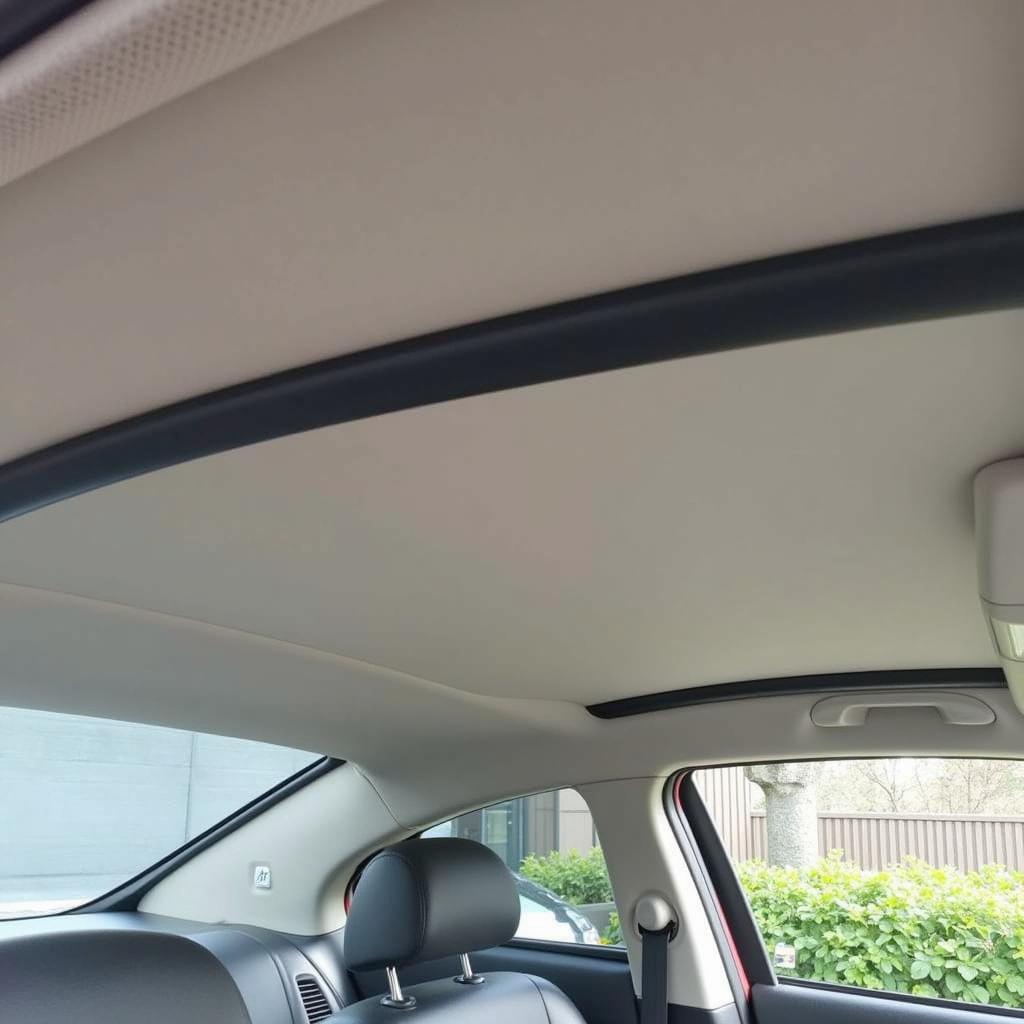Fixing your car paint can be a daunting task, whether it’s a minor scratch, a significant dent, or widespread fading. This guide provides practical advice and expert insights to help you understand the best approach to Fix My Car Paint, from DIY solutions to professional repairs. how to fix my car paint
Understanding the Different Types of Car Paint Damage
Before you start fixing your car paint, it’s crucial to identify the type of damage you’re dealing with. This will determine the best course of action and the necessary tools and materials. Common car paint problems include scratches, chips, dents, fading, and clear coat peeling.
Scratches: From Superficial to Deep
Scratches range from minor clear coat imperfections to deep gouges that expose the underlying metal. Knowing the depth of the scratch is essential for choosing the right repair method.
Chips and Dents: More Than Just Cosmetic Issues
Chips and dents can affect the structural integrity of your car’s paint, making it susceptible to rust and further damage. Addressing these promptly is crucial.
Fading and Clear Coat Peeling: Signs of Aging and Neglect
Over time, exposure to the elements can cause your car’s paint to fade and the clear coat to peel. This not only diminishes the appearance but also compromises the paint’s protective qualities.
DIY Car Paint Repair: When to Tackle It Yourself
Minor scratches and chips can often be addressed with DIY solutions. This can save you money and time, especially if you’re comfortable working on your car.
Fixing Minor Scratches and Swirl Marks
Using a rubbing compound or a scratch remover can often eliminate minor scratches and swirl marks. Always test the product on an inconspicuous area first to ensure compatibility with your car’s paint.
Repairing Small Paint Chips
Touch-up paint pens and kits can be used to fill in small paint chips, preventing rust and further damage. how to fix my car paint damage
When to Call a Professional: Knowing Your Limits
While DIY repairs can be effective for minor damage, more extensive issues often require professional expertise. Deep scratches, significant dents, widespread fading, and clear coat peeling are best left to the pros.
Professional Car Paint Repair Options
Professional car paint repair options range from spot repairs to complete repaints. The best approach depends on the extent of the damage and your budget.
“A professional assessment is crucial for determining the most effective and cost-efficient solution for fixing your car paint,” says John Miller, a seasoned automotive paint specialist with over 20 years of experience.
Protecting Your Car Paint: Prevention is Key
Preventing car paint damage is always preferable to fixing it. Regular washing, waxing, and parking your car in a shaded area can significantly extend the life of your car’s finish. how to fix a paint chip on my car
Regular Washing and Waxing: Essential Maintenance
Regular washing removes dirt and grime that can scratch your car’s paint. Waxing adds a protective layer that shields the paint from the elements.
“Preventive measures, like regular waxing, are the best way to maintain your car’s finish and avoid costly repairs down the road,” adds Maria Sanchez, a leading automotive detailing expert.
Conclusion: Keeping Your Car Looking Its Best
Fixing your car paint can enhance its appearance and protect it from further damage. Whether you choose a DIY approach or seek professional help, addressing paint issues promptly is essential. how do i fix faded paint on my car how can i fix paint chips on my car For further assistance, contact AutoTipPro at +1 (641) 206-8880 or visit our office at 500 N St Mary’s St, San Antonio, TX 78205, United States.





Leave a Reply